World Transfer provides a chauffeur service (taxi NCC), to accompany you in your travel across Apulia dicovering brathtaking landscapes and gorgeous towns rich of history like Polignano a Mare, Alberobello, Castellana, Matera, Ostuni, Trani, Putignano e Monopoli
Here are some suggestions:
Polignano a Mare
Birthplace of Domenico Modugno (Mr. Volare), to whom has been dedicated a statue, the oldest part of the town stands on a rocky outcrop overlooking the Adriatic Sea. Its natural sea caves are really stunning and its old town and remains of Roman dominion are historically important. Between them, there is the bridge of "Via Traiana", still viable, which crosses Monachile rift. Since 2008, Polignano a Mare was awarded with Bandiera Blu and in 2014 was awarded of 4 "Legambiente flags"; these awards are related to the cleanliness of the sea and quality of services offered to tourists.
Alberobello
Alberobello is a town in the province of Bari, in Apulia, right in the centre of the Itria Valley and Land of Trulli. Alberobello is famous for its typical houses called Trulli that since 1996 are part of the UNESCO heritage list. These traditional round buildings, are built of dry stones with self-supporting conical roof, made of ovelapped stone circles, the configuration is simple but solid. The conical roofs are embellised with decorative pinnacles inspired by mystical or religious shapes. "San Antonio" church is also very famous because of its Trulli shaped dome.
Castellana Grotte
Castellana Grotte is a town in province of Bari, in Apulia. The town is located on a calcareous plateau of the Land of Trulli and is well known for its caves whose form the karst complex of "Grotte di Castellana". The Caves of Castellana, extents for three kilometers and were the site of a first attempt of exploration at the end of the eighteenth century by some people of the town, but they stopped a few meters after the enourmous entrance. The complete discover of the entire complex system of chasms and caves dates January 23, 1938 thank to the work of the speleologist Franco Anelli.
Matera
Known as "la Città Sotterranea" (the Subterranean City), Matera is well known for its historical center called "Sassi", considered World Heritage Site by UNESCO since 1993, along with the Park of the Rupestrian Churches. The Sassi di Matera (meaning "stones of Matera") are ancient cave dwellings in the Italian city of Matera, Basilicata. Situated in the old town, they are composed of the Sasso Caveoso and the later Sasso Barisano. The Sassi are houses dug into the calcarenitic rock itself, which is characteristic of Basilicata and Puglia, and is locally called "tufo". Many of these "houses" are really only caverns, and the streets in some parts of the Sassi often are located on the rooftops of other houses.
Ostuni
Ostuni is regarded as an architectural jewel, and is commonly referred to as "the White Town" ("La Città Bianca", in Italian) for its white walls and its typically white-painted architecture. The so-called "Old Town" is Ostuni's citadel built on top of a hill and still fortified by the ancient walls. A monument on its own, the town's largest buildings are the Cathedral and the Bishop's Palace, together with a number of palazzi of local aristocratic families: Aurisicchio, Ayroldi, Bisantizzi, Falghieri, Ghionda, Giovine, Jurleo, Marseglia, Moro, Palmieri, Petrarolo, Siccoda, Urselli, Zaccaria. In the surrounding countryside there are typical Pugliese "masserie", fortified large estate-farms, one of which, San Domenico, was once held by the Knights of Malta. Since 1994 Ostuni was awarded with "Blue Flag" and five "Legambiente sails" for its clean sea and for the quality of services. It's the Italian city with the cleanest water.
Trani
The city lies on the Adriatic coast, 42km north from Bari. Trani has lost its old city walls and bastions, but the 13th-century fort has been extensively restored as a museum and performance venue and is open to the public. Some of the streets in and around the Ghetto area remain much as they were in the medieval period, and many of the houses display more or less of Norman decoration. The main monument of Trani is the Cathedral, dedicated to Saint Nicholas the Pilgrim, a Greek who died in Trani in 1094 while on his way on pilgrimage to Rome. Near the harbor is the Gothic Palace of the Doges of Venice, which is now used as a seminary. The Church of Ognissanti which at one stage was the chapel of a Knights Templar hospital has a Romanesque relief of the Annunciation over the door. San Giacomo and San Francesco also have Romanesque façades; the latter, together with Sant'Andrea, have Byzantine domes.



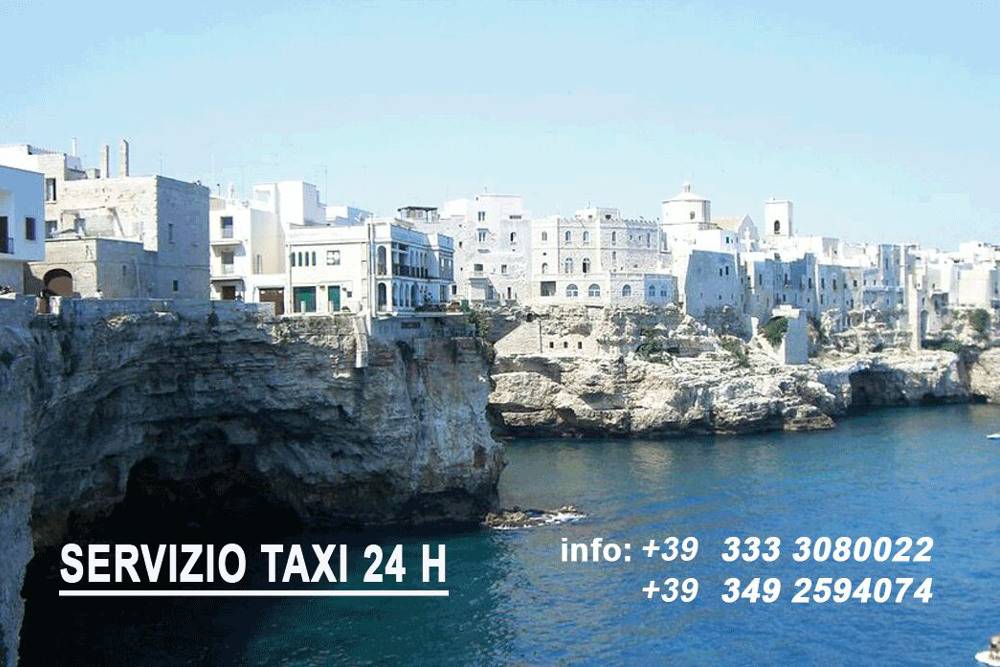
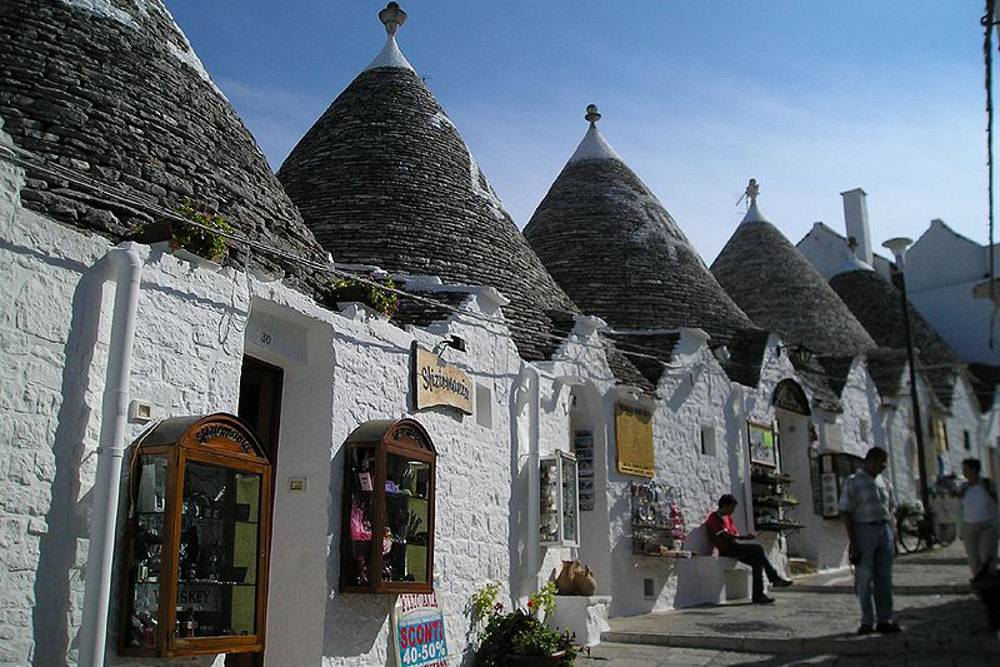


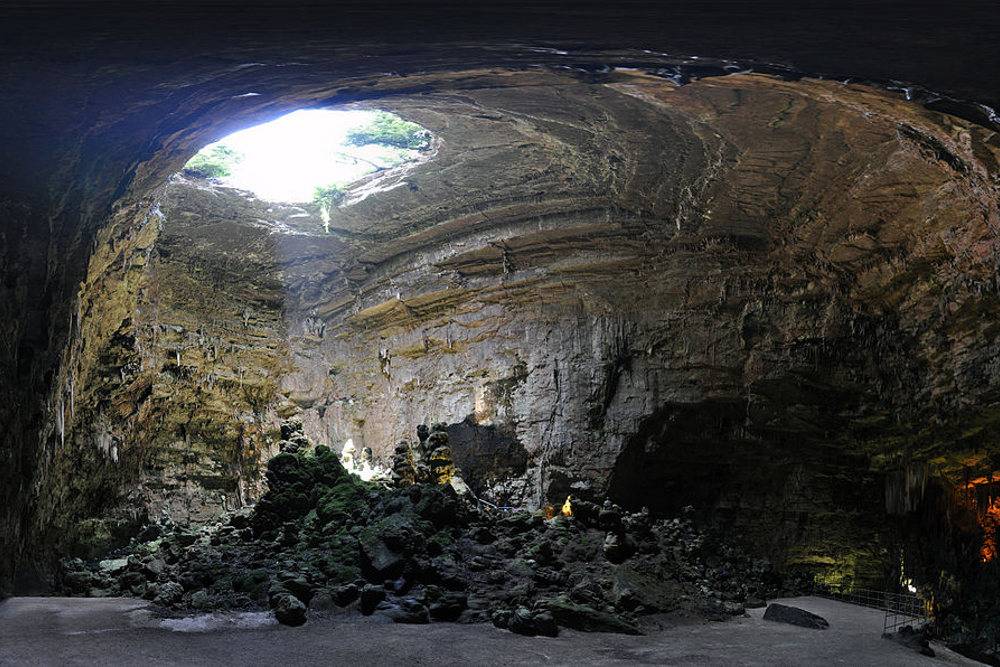
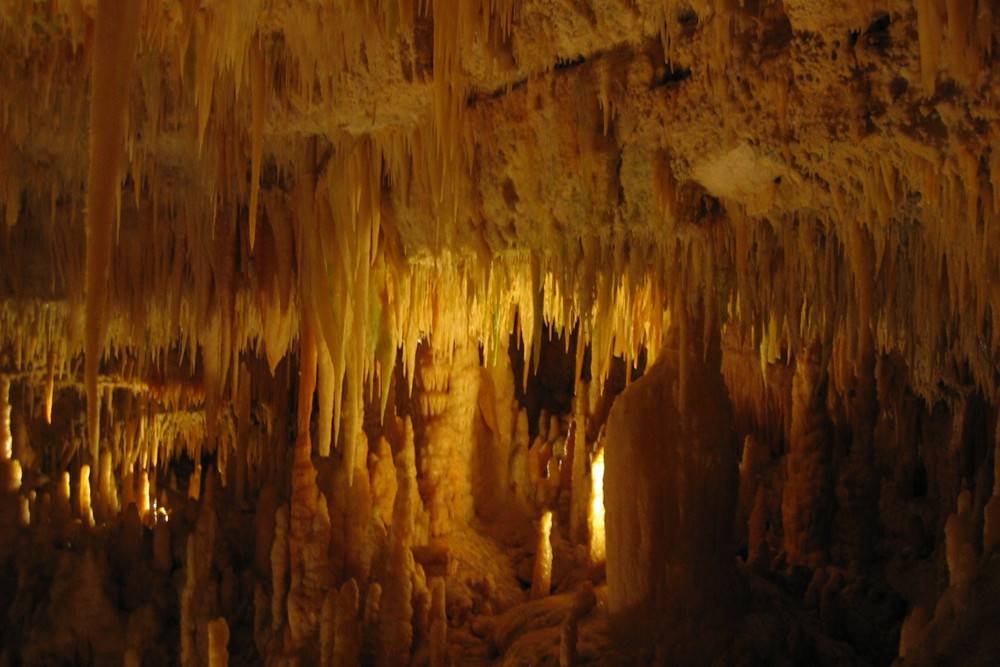

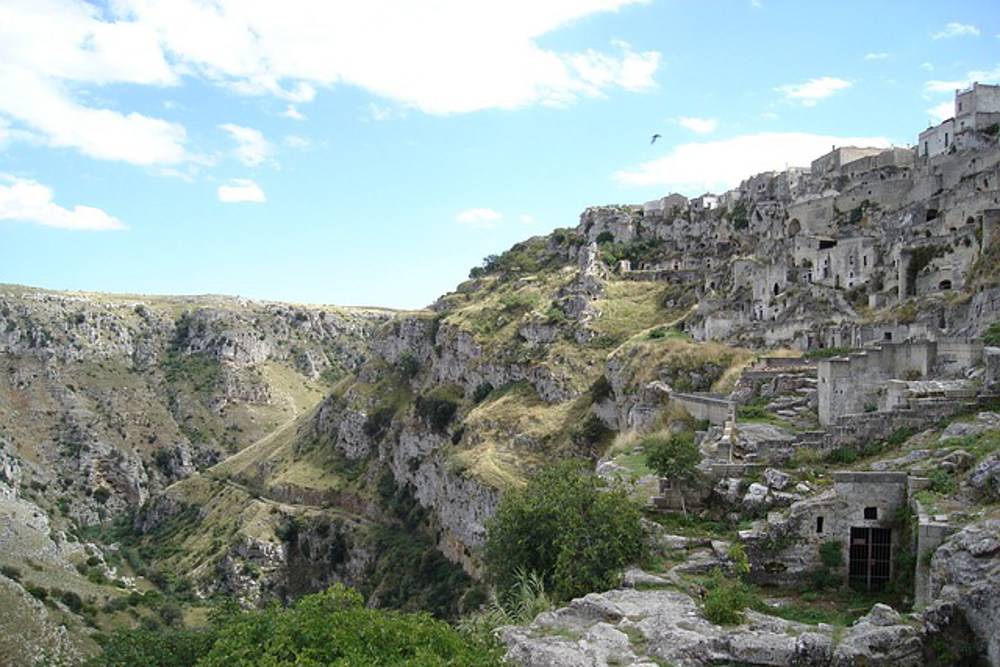



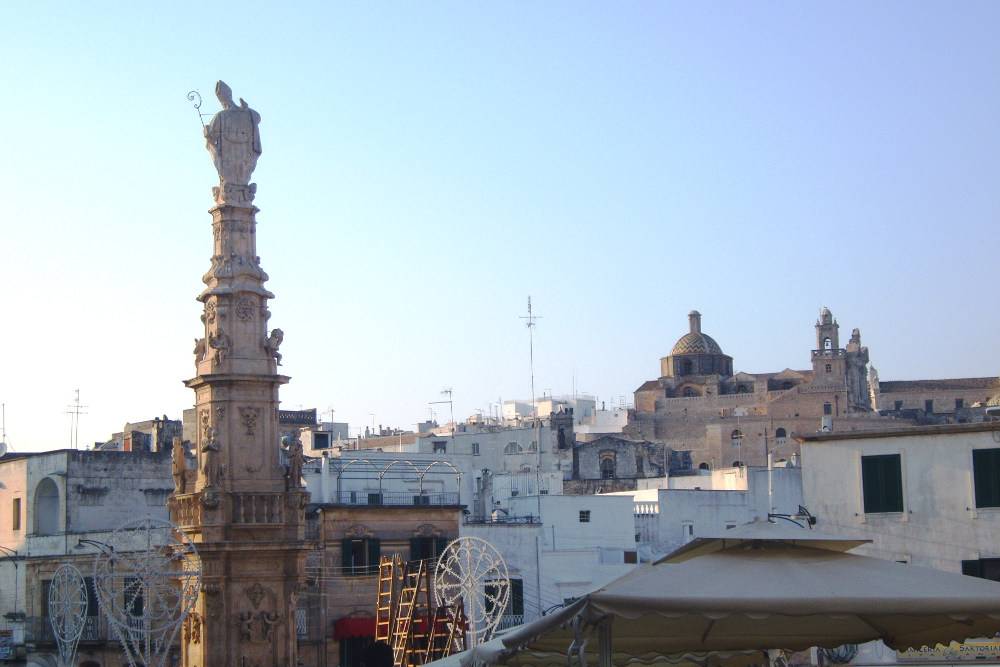
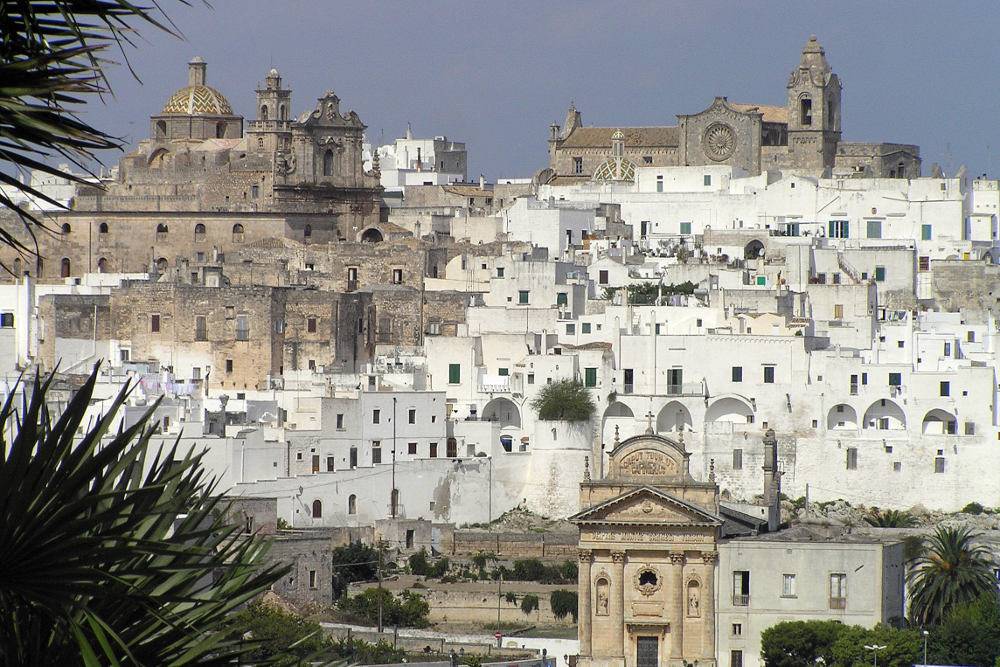
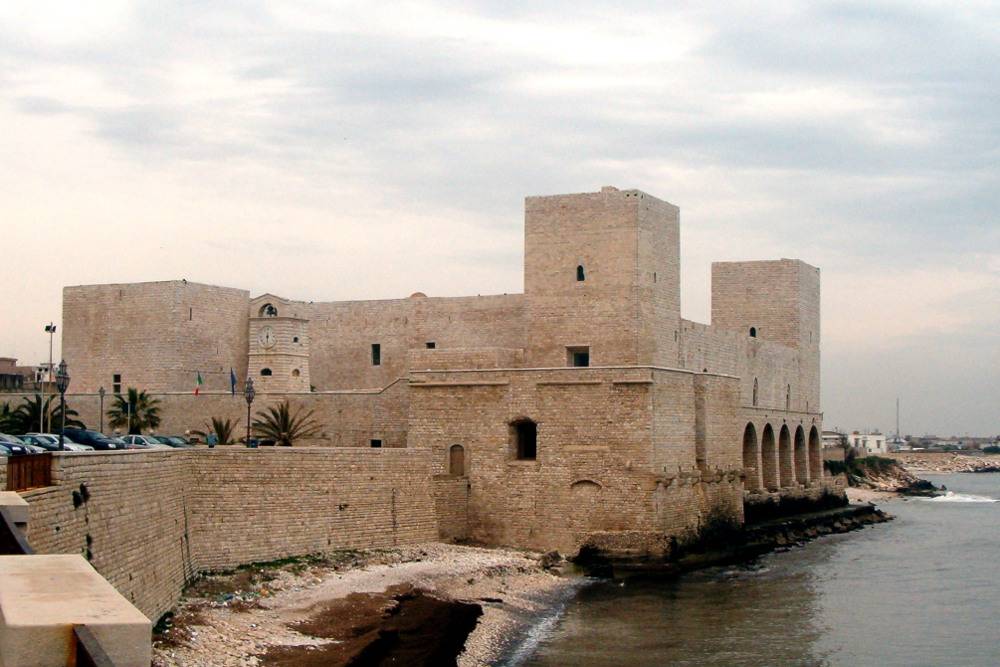
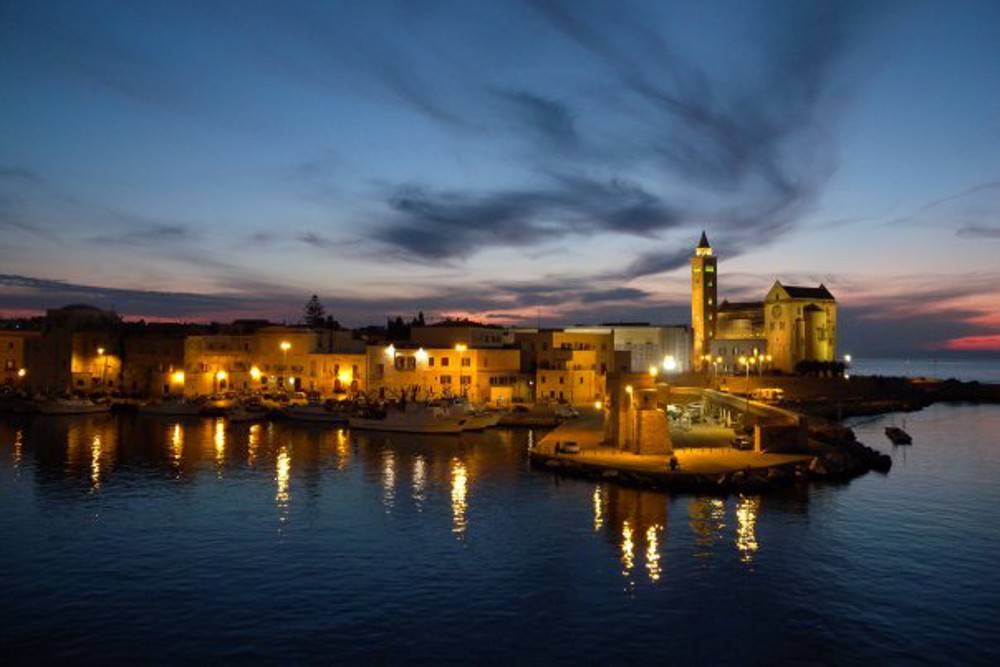



 +393492594074
+393492594074